A novel, electroluminescent device concept that can emit light in response to the accumulation and distribution of materials on the device surface is developed.


A novel, electroluminescent device concept that can emit light in response to the accumulation and distribution of materials on the device surface is developed.
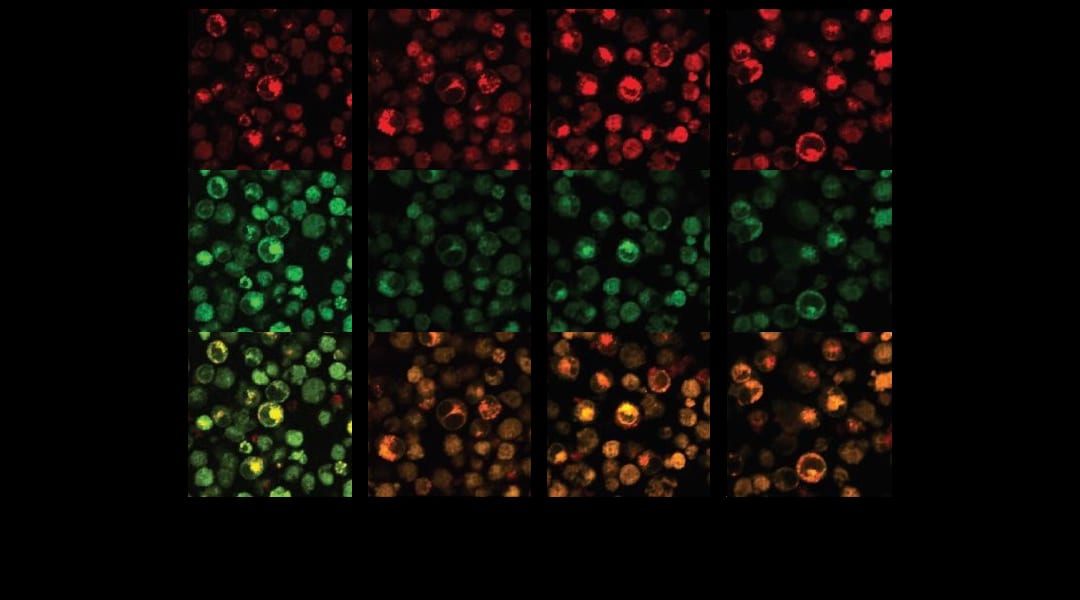
Drug-free macromolecular therapeutic systems can target and kill cancer cells without causing the side-effects of the drugs currently in clinical use.
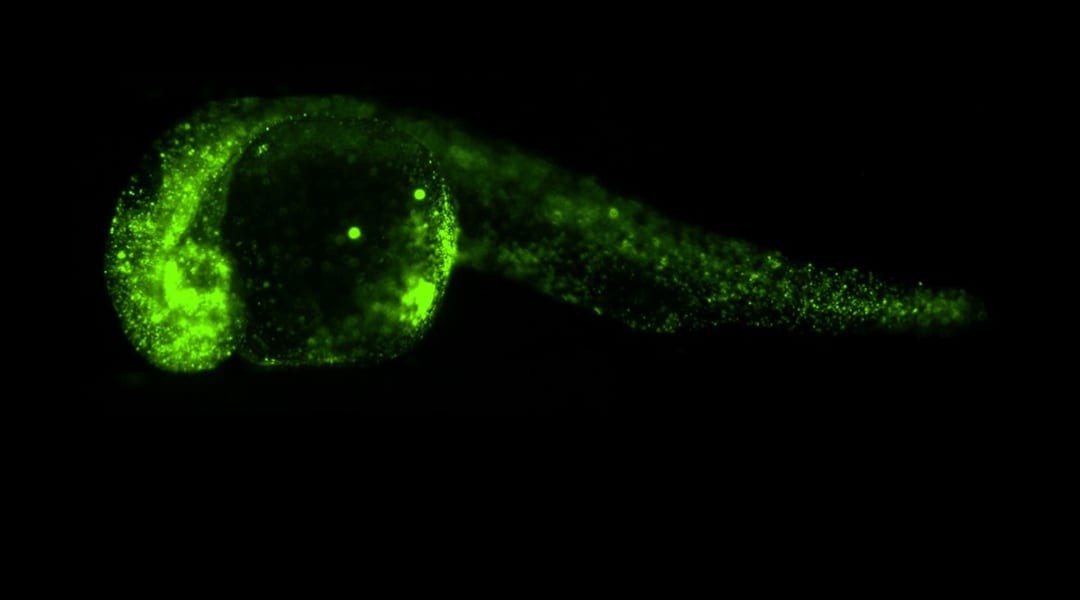
A complementary technique, based on the Holographic Optical Tweezers (HOT) technique, which enables several locations within the same sample to be probed simultaneously, is developed.
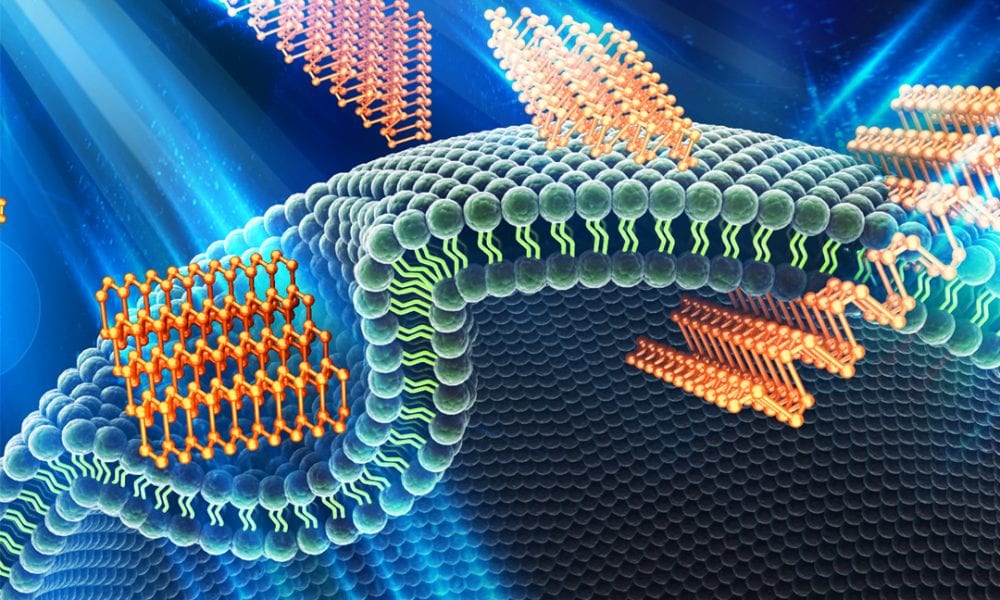
The concentration-, size-, and cell type-dependent response to layered black phosphorous is explored to maximise its potential and avoid future problems.
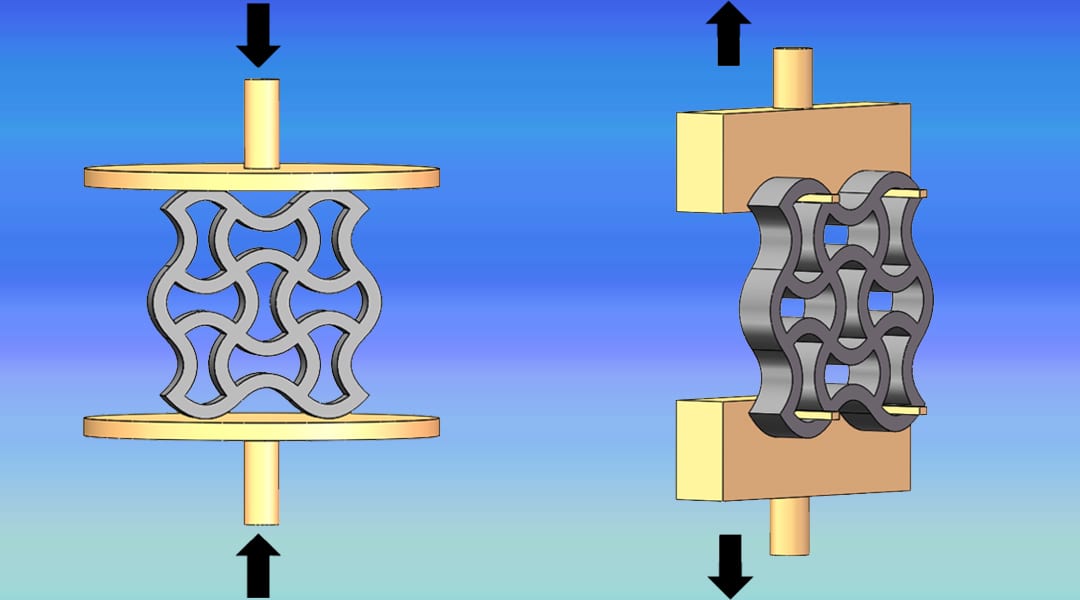
Control over macro- and microstructures, density, conductivity, and Poisson ratio is enabled by this new combined metallic aerogel production technique.
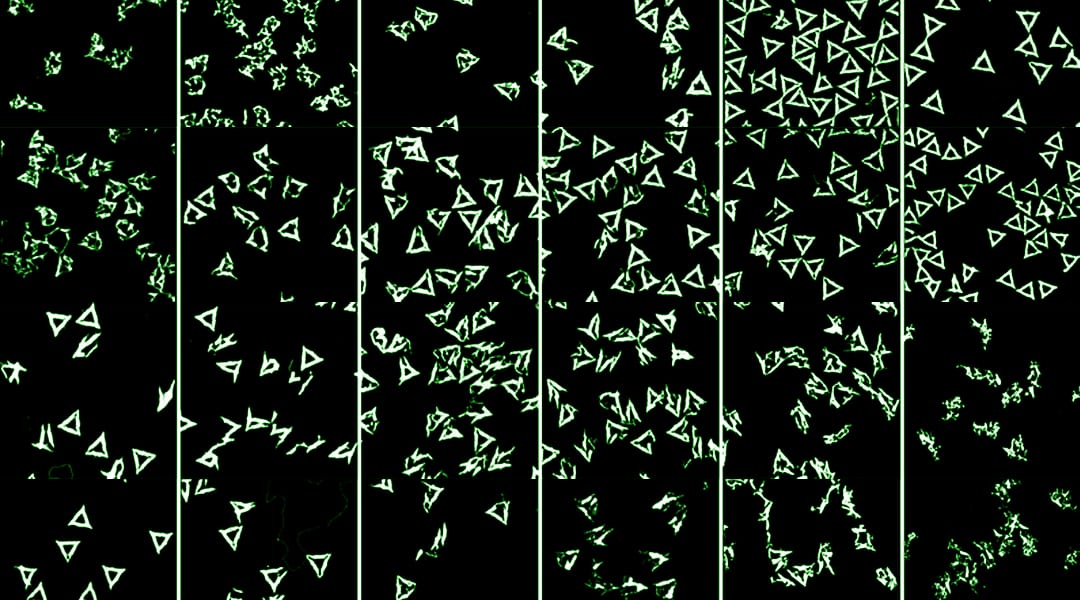
The stability of DNA origami under strongly denaturing conditions is investigated.
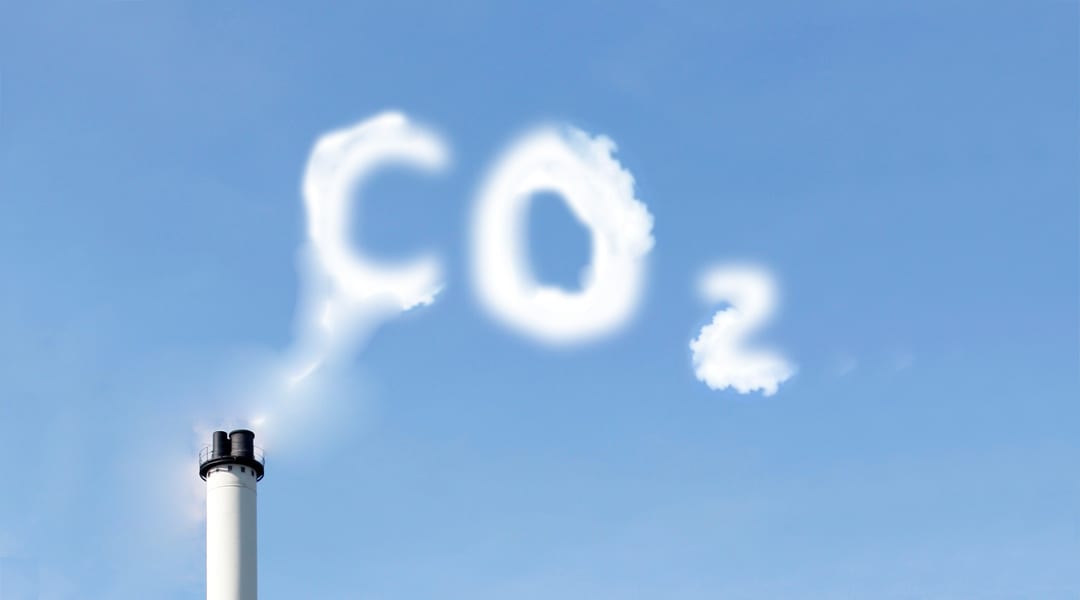
Cutting edge research related to perovskite oxides and their derivatives for the carbon dioxide photoreduction reaction.
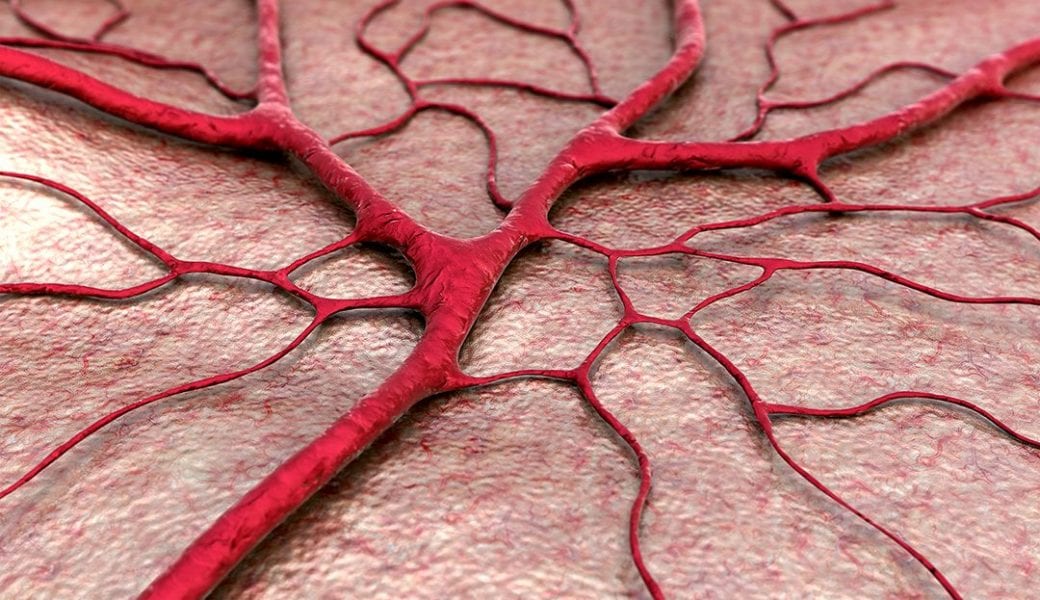
An advanced 4D bioprinting approach uses shape-morphing, biopolymer hydrogels to form the basis for blood vessels and other tubular structures in artificial tissues and organs.
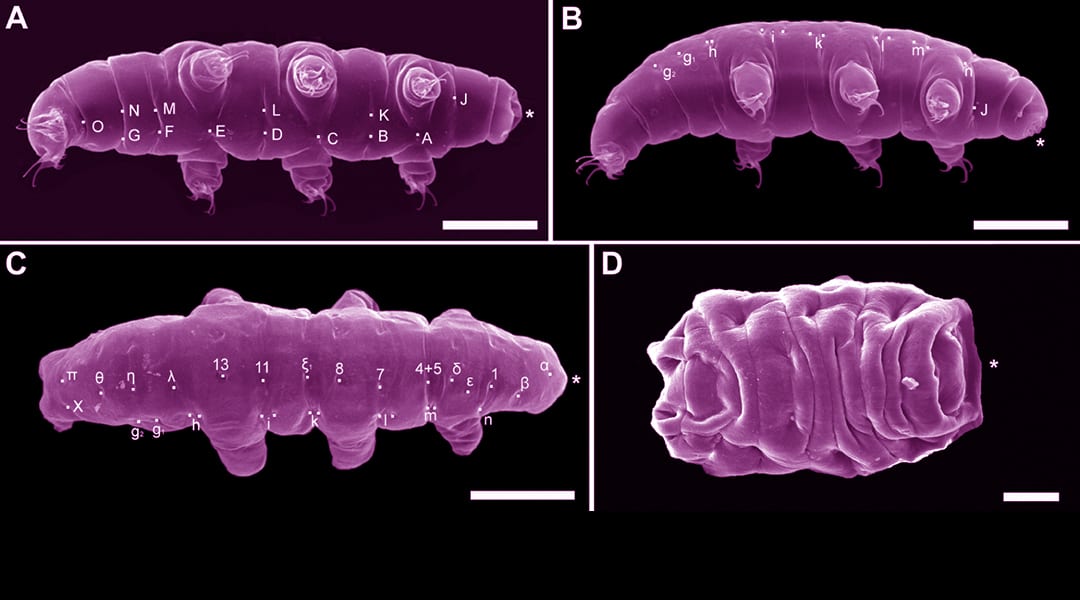
Together with many eukaryotes in which relatively large percentages of lateral gene transfer had been claimed, Tardigrades are now downgraded to normality, and here’s why…

Cyclic-di-GMP regulation of bacterial virulence is specific to each pathogen, strain, and type of infection. Differences in the composition and structure of extracellular matrix components could underlie the variation in immune response in the mammalian host.